Most of us start to experience small changes in our vision as we age. Reading small text, plucking your eyebrows, putting on makeup, and even using the computer or smartphone can all be a lot harder when you have a hard time seeing up close. For those of you who wear glasses to see up close, the future is looking a bit brighter. After recent approval by the Food and Drug Administration, you may get to swap out your readers for some eye drops.
Eye drops regain near vision without compromising distance vision
A new eye drop can help people regain near vision. The original drop was developed in 1975 for glaucoma, but the drops—called Vizz—have been repurposed for age-related farsightedness. Fox 26 Houston reported that the drops cost as little as $2 per day and can last for up to 10 hours. It's an affordable choice when compared to other options like glasses.
The drops improve near vision without affecting distance vision. Some patients noticed a stinging sensation during application, and some redness for about 30 minutes. One drawback is that things can appear dimmer at night, but no serious health or physical drawbacks have been reported.
But imagine how great it would be if, instead of having to wear cumbersome glasses on your face and deal with taking them on and off all day, all you had to do was plop in a few eye drops in the morning and off you go. These drops are also great for people who feel a little insecure about how reading glasses make them look.

Provides rapid and durable near vision improvement
According to a press release by LENZ Therapeutics, the eye drop "provides rapid and durable near vision improvement. VIZZ is preservative-free and provided in single-dose vials." It continues, "VIZZ is a predominantly pupil-selective miotic that interacts with the iris with minimal ciliary muscle stimulation."
The drops' ability to contract the iris sphincter muscle creates a pinhole effect, improving vision and depth of focus. The drops treat presbyopia, a condition in which it becomes difficult to focus on close-up objects like text, affecting nearly 128 million people in the United States.
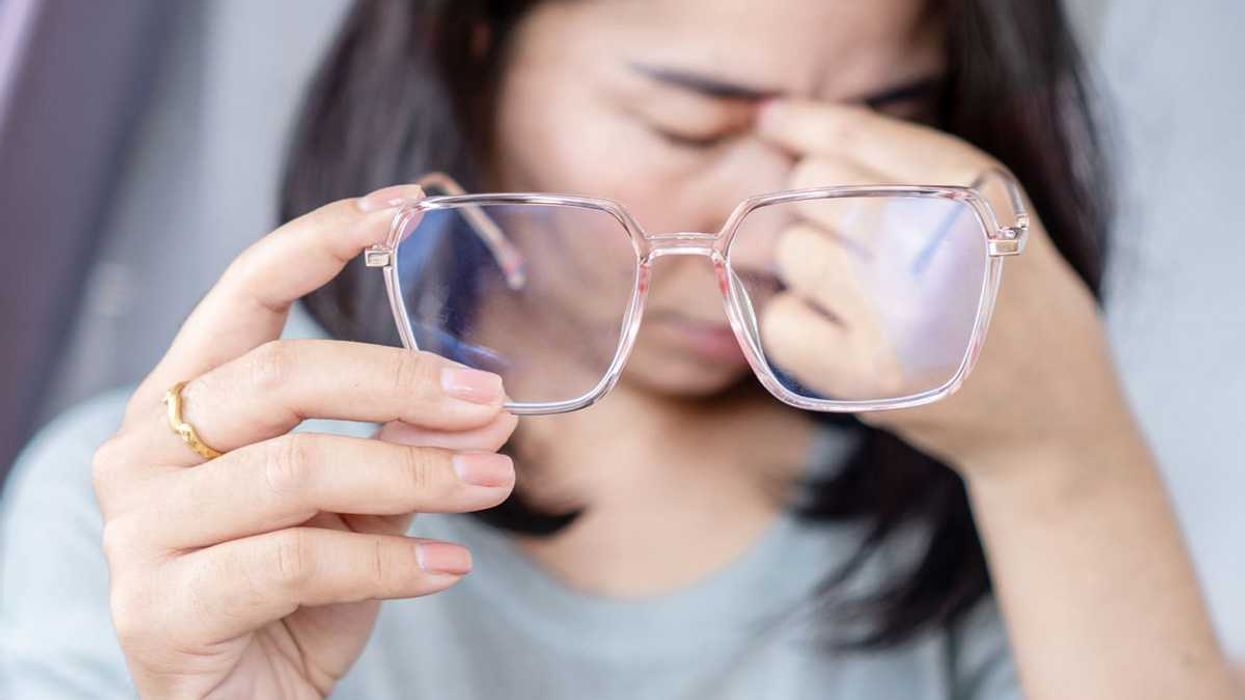
The balance of vanity, convenience, and health
With an aging population boom on the horizon, innovations like this can reduce dependence on other devices.
A 2024 study predicts that over 2 billion people will be experiencing near-vision problems by 2030. Economically, vision issues have a larger effect than might be expected. A 2022 study found that the 257 million working-age people with undercorrected presbyopia incur productivity losses of $53 billion in the U.S. alone.
Even small inconveniences like needing to grab reading glasses just to look at an incoming phone call can be bothersome. This treatment provides a safe alternative for millions of people seeking relief from wearing glasses and are wary of choices like surgery. This is a prescription-based solution, and an eye-care professional will need to assess the suitability for patients.





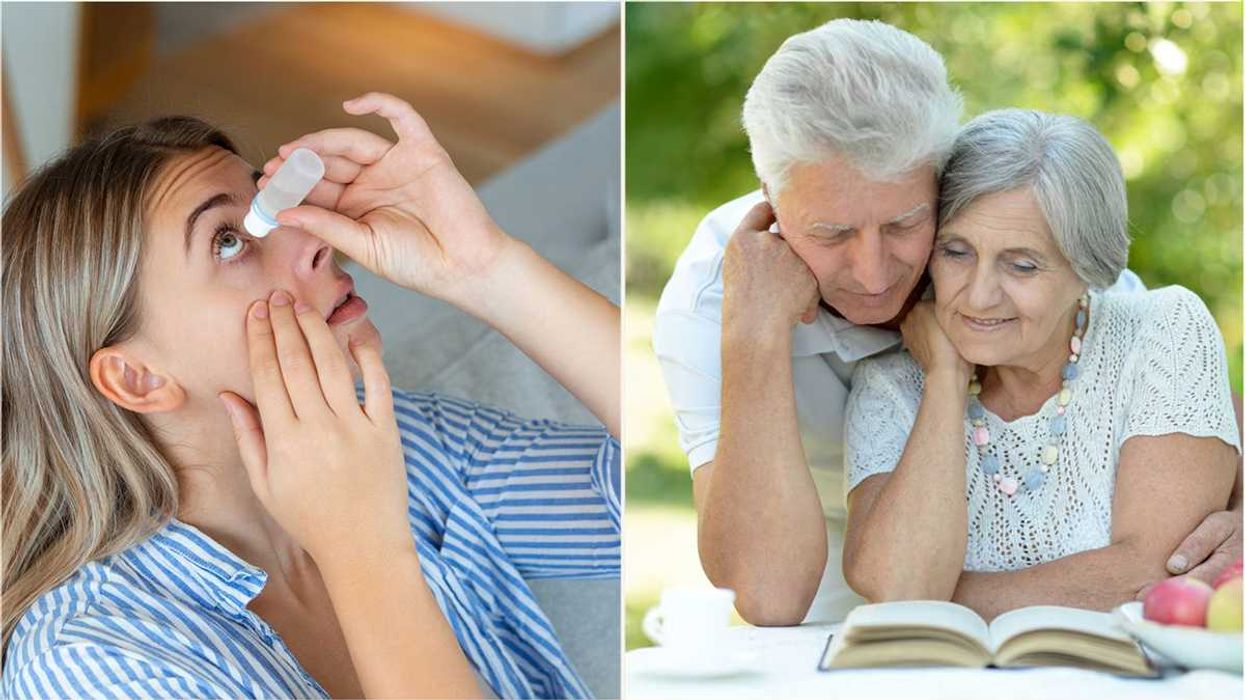


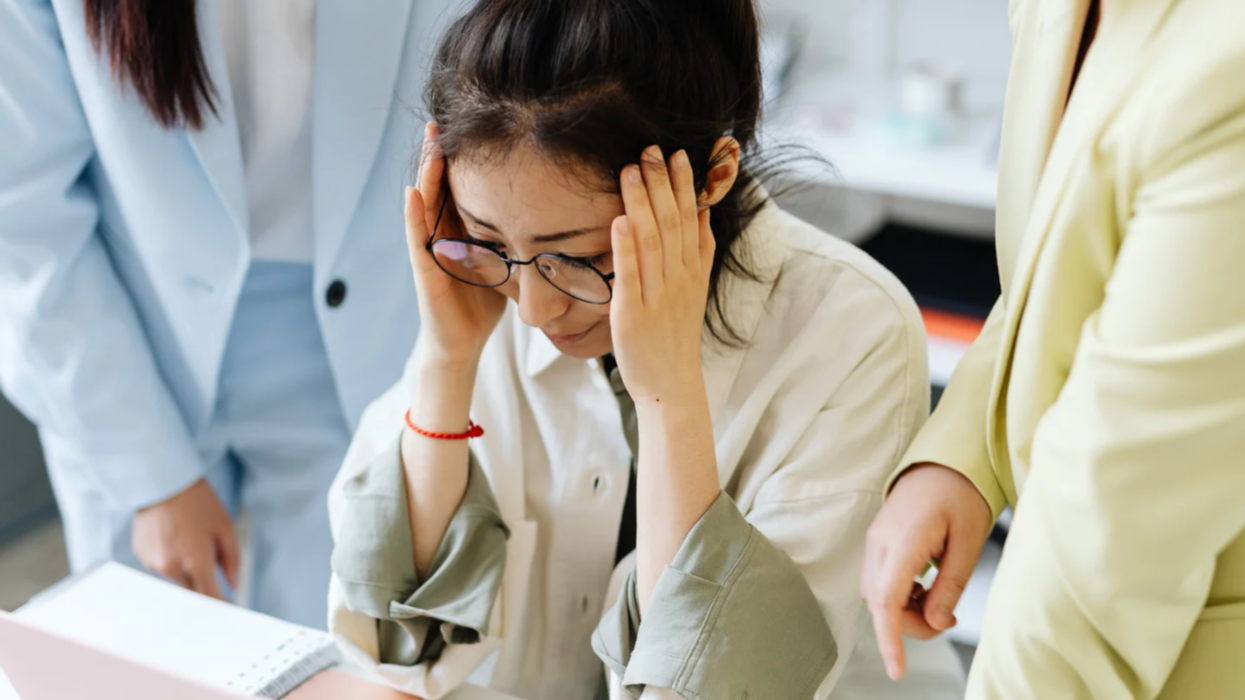

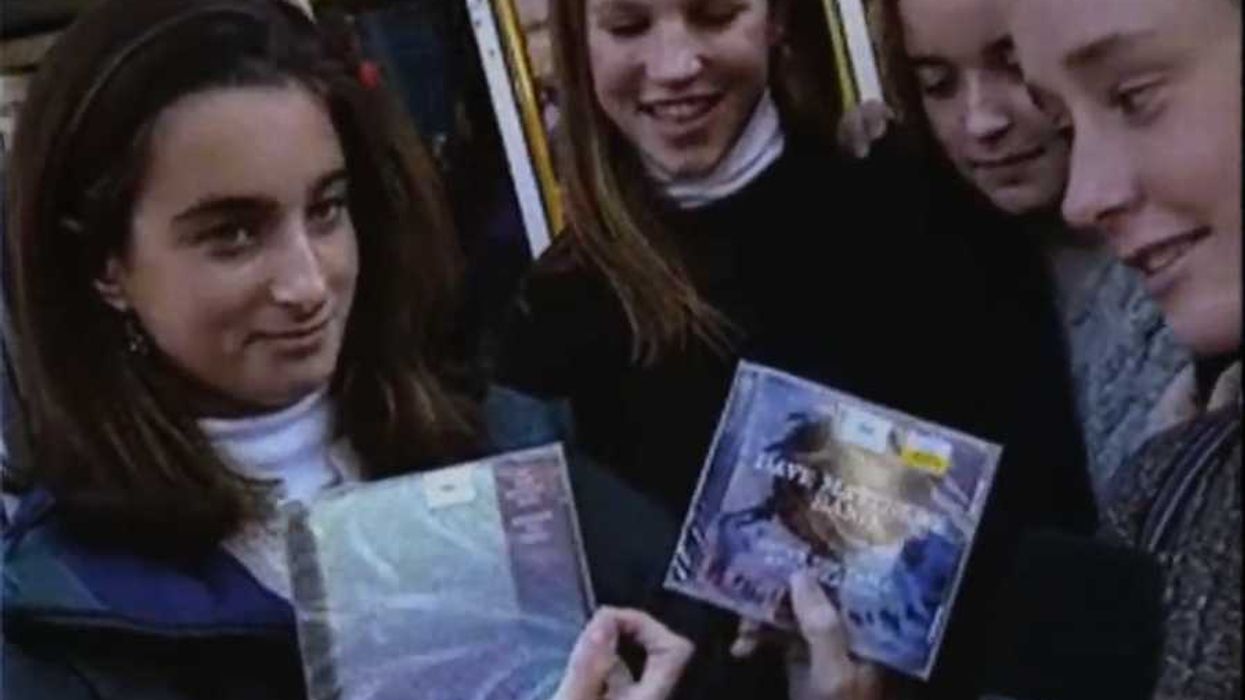


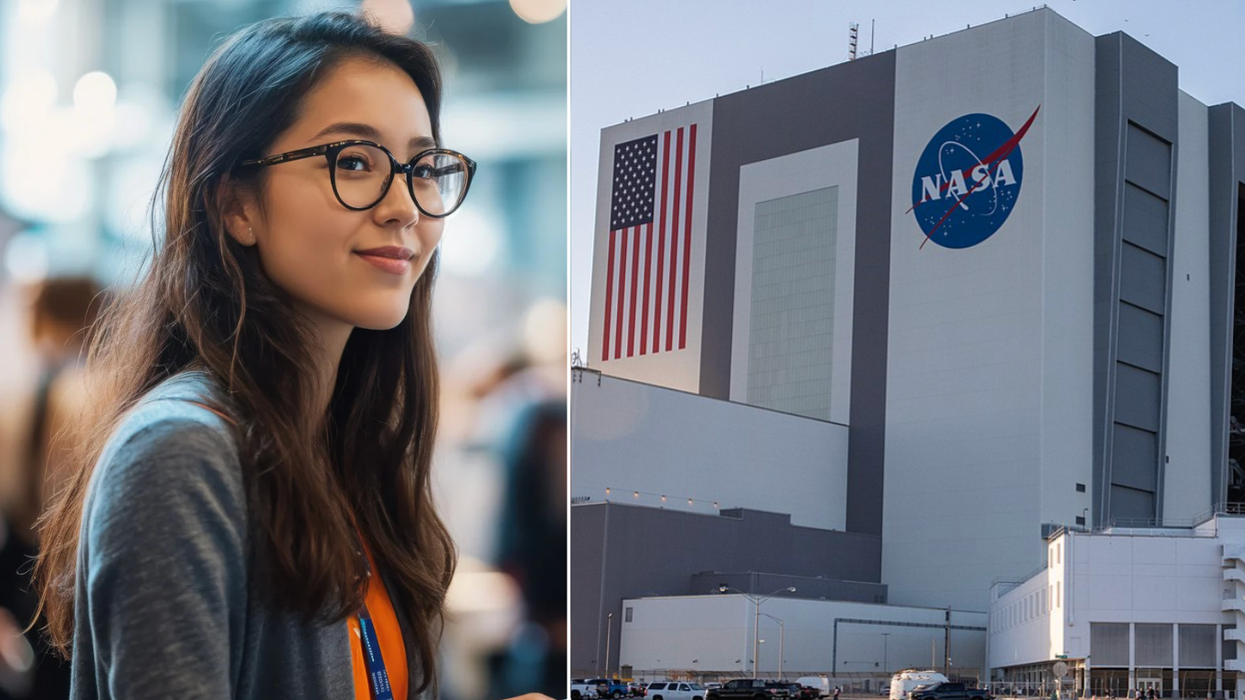


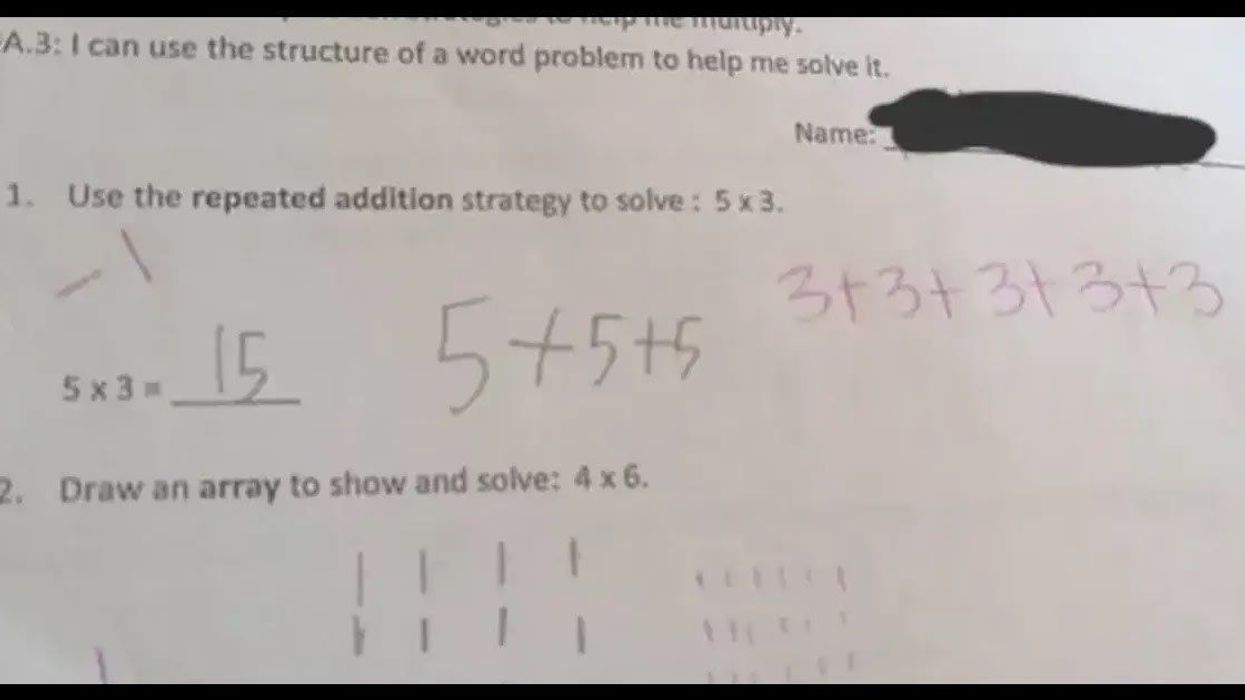


 Hungry and ready.Photo credit
Hungry and ready.Photo credit  The mac and cheese staple presentation.Photo credit
The mac and cheese staple presentation.Photo credit  Pizza ready from the oven.Photo credit
Pizza ready from the oven.Photo credit  Friends hover around the barbeque.Photo credit
Friends hover around the barbeque.Photo credit  Seafood platter on the beach.Photo credit
Seafood platter on the beach.Photo credit  Scarecrow watches over a vegetable garden.Photo credit
Scarecrow watches over a vegetable garden.Photo credit 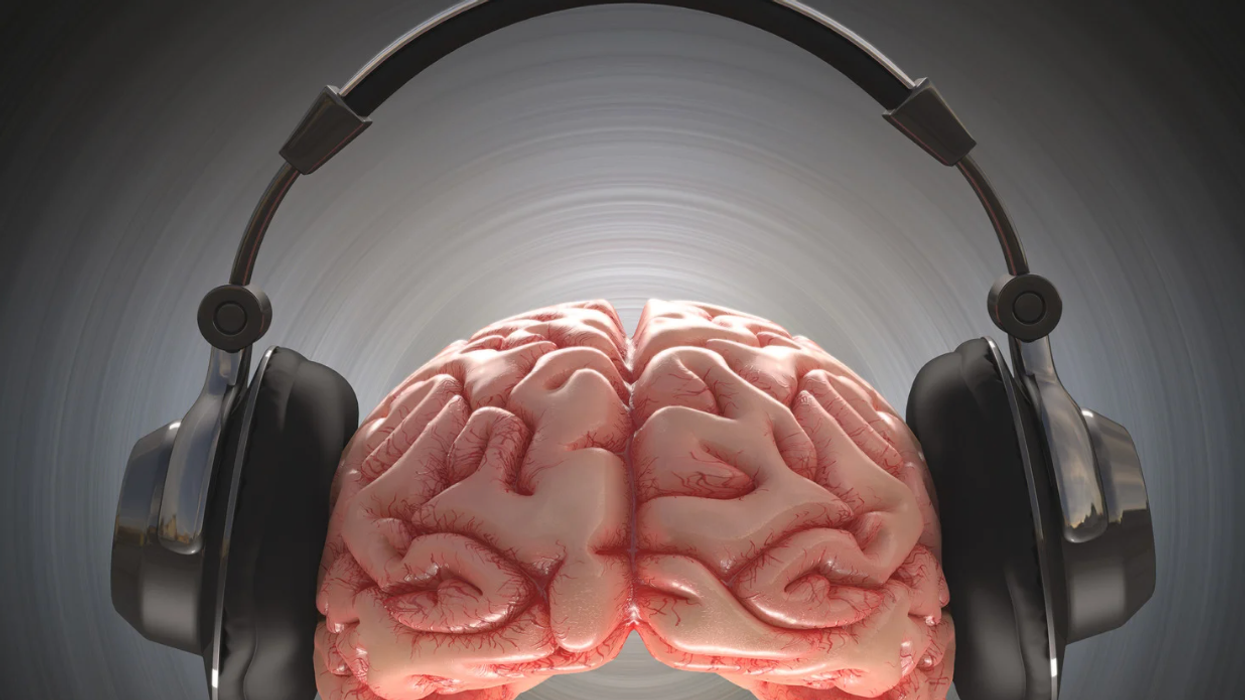
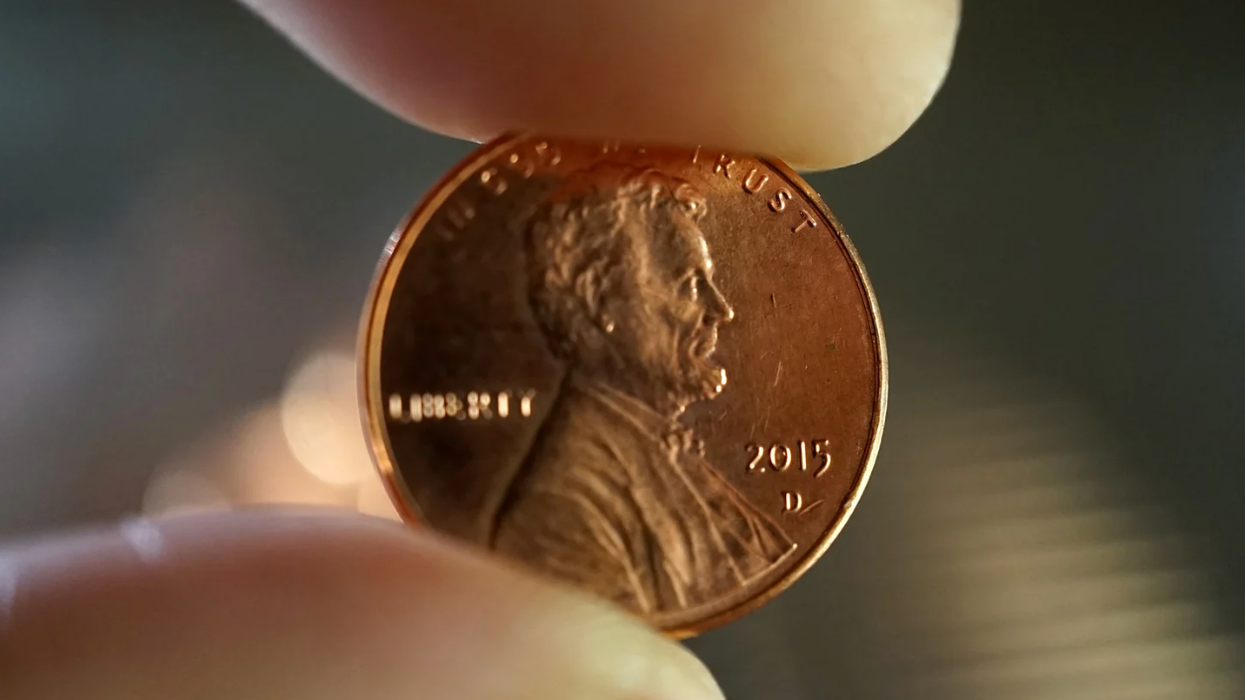




 Ron. courtesy of K-9 Protectors
Ron. courtesy of K-9 Protectors Victoria and Ron.courtesy of Victoria Costa
Victoria and Ron.courtesy of Victoria Costa Ron. courtesy of K-9 Protectors
Ron. courtesy of K-9 Protectors Ron and Tyler at the swearing-in ceremony.courtesy of K-9 Protectors
Ron and Tyler at the swearing-in ceremony.courtesy of K-9 Protectors Ron. courtesy of Victoria Costa
Ron. courtesy of Victoria Costa